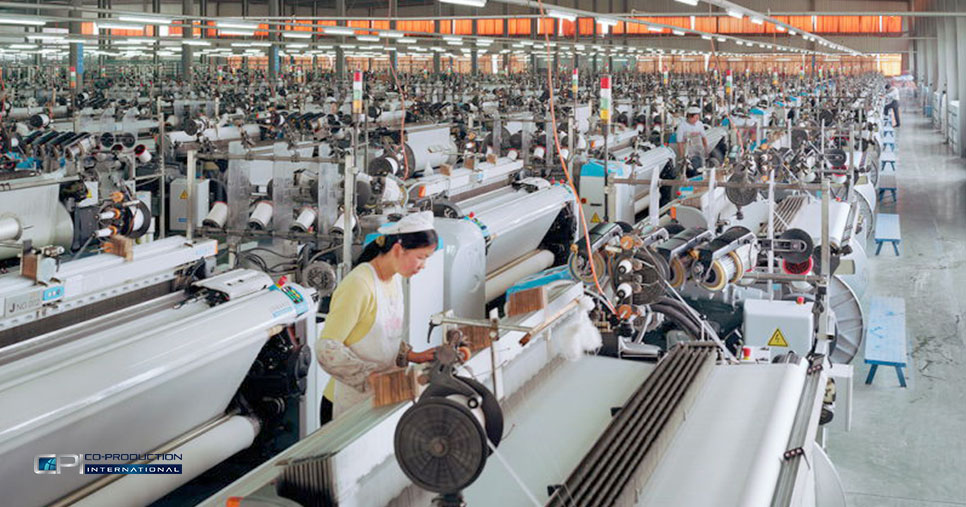The phenomenon of nearshoring has marked a turning point in Mexico’s economy, not only for its impact on the manufacturing industry in Mexico but also for the opportunities it creates for the tech startup ecosystem.
This relocation of supply chains to Mexico is attracting the attention of venture capital firms, which see fertile ground for innovative solutions in logistics in Mexico and manufacturing.
An Emerging Market for Venture Capital
Historically, startups focused on manufacturing in Mexico and logistics struggled to capture the attention of venture capitalists. The technical complexity of their solutions, along with investors’ unfamiliarity with the sector, limited capital flow to these businesses. However, the rise of nearshoring has radically changed this dynamic.
Startups offering tools to digitize factories, optimize resources, and automate logistics processes are gaining prominence. Prominent examples include Pulsar, a SaaS platform streamlining industrial operations, and WherEx, which revolutionizes procurement and payment processes for exports. These companies highlight the new interest venture capital firms are showing in this segment.
Eric Pérez-Grovas, Co-founder of Wollef, says nearshoring is helping smaller companies enter global markets. This change was once only for large corporations. Now, emerging players can thrive more effortlessly.
This change is crucial. Just two years ago, proposals related to logistics and manufacturing were rare in their investment portfolio. Today, these areas offer a key chance to provide affordable solutions and gain an edge in the market.
Factors Driving the Surge
Several factors explain why nearshoring is capturing the attention of venture capitalists in Mexico:
- Demand for Technology in Manufacturing and Logistics:
New factories and companies are driving the need for technology tools that help modernize industrial processes. They also improve operational efficiency through digital transformation.
- Economic Stability and Trade Agreements:
Mexico has a stable peso compared to other currencies in the region. This stability, along with strong trade agreements in North America and Latin America, attracts more foreign direct investment and builds confidence among investors. They now view the country as a key place for moving supply chains.
- Growth of Nearshoring:
This trend is changing in many industries, including transportation and e-commerce. It is attracting local startups and international investors. New opportunities are in industries like medical devices, electric vehicles, and financial services. These sectors leverage Mexico's skilled workforce and low labor costs to develop innovative products and services.

An Ecosystem of Challenges and Opportunities
While nearshoring presents an optimistic outlook, it is not without challenges. One major hurdle is international competition. Asian companies, especially from China, may impact local suppliers. This could put more pressure on startups to stay competitive in cost and quality.
Additionally, the global macroeconomic context remains a limiting factor. Despite growing interest, venture capital firms are cautious with their investments due to economic uncertainties in international markets.
On the other hand, nearshoring enables early-stage startups to access resources and expertise that were previously out of reach. Funds like Amplifica Capital are investing in companies such as Yumari. “Yumari aims to be the "Alibaba of Latin America"
This shows that there are chances for people who can stand out and create new products and services. These can serve different markets, like medical devices and electric vehicles.
A Promising Future
Experts agree that nearshoring will be a key driver for venture capitalists in Mexico over the next three years. This is a unique chance for startups. They can provide scalable and advanced technology solutions. This applies to manufacturing in Mexico, logistics, human resources, and sustainability. Anna Raptis, founder of Amplifica Capital, says that new investment will strengthen the region.
It will also attract more attention to Mexican talent and innovation. She emphasizes that startups need to show strong results. This helps keep investors interested and secure an edge in global markets.
Conclusion
Nearshoring is changing the investment scene in Mexico. It is making the country a center for tech startups. These startups focus on manufacturing and logistics solutions in Mexico. While challenges persist, the opportunities are significant and could redefine the venture capital ecosystem in the years to come.
This change highlights how nearshoring can be a cost-effective way to manufacture and manage supply chains. It can also drive economic growth, spark technological innovation, and help Mexico reach more global markets


.jpg)




.png)






